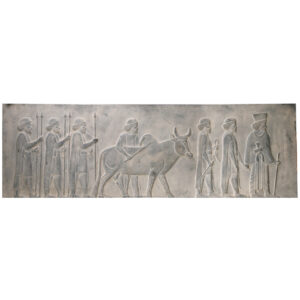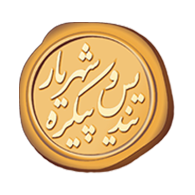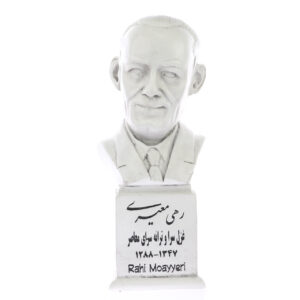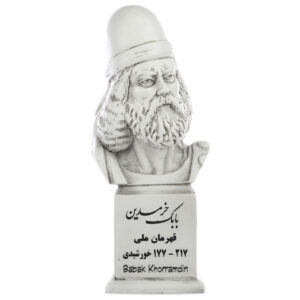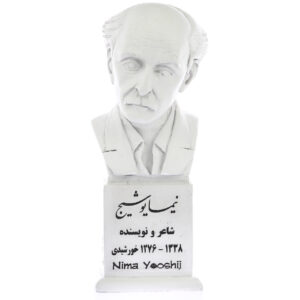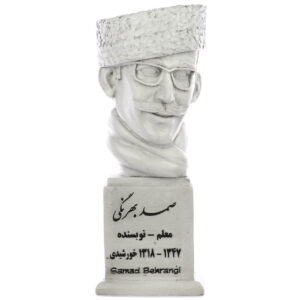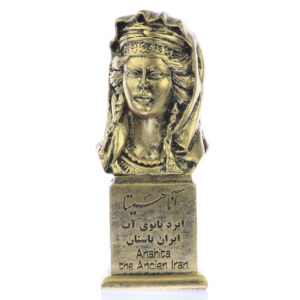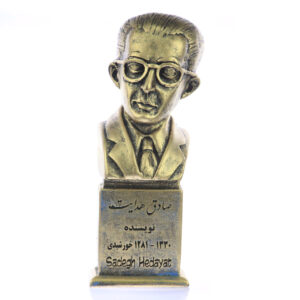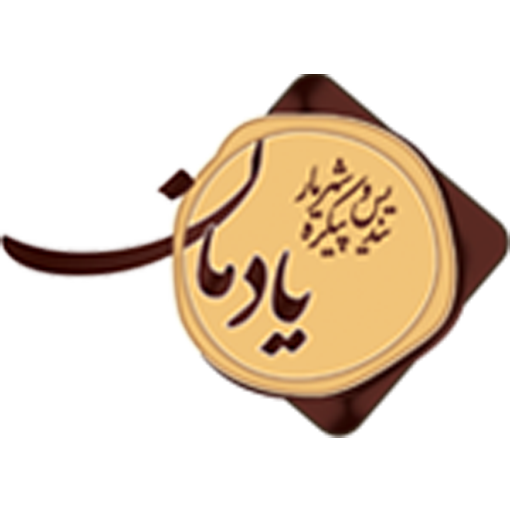Medes and Elamites

The first of the tribute bearers are Medes, which were related to the Persians. They are the first in the procession, suggesting that the Persians considered them their closest relatives. The Medes wear horseman’s dresses and cloaks. Their turbans resemble the Turkish baslik; only the first Mede wears the typical round cap. Their presents are a pitcher, bowls, a sword (akinakes), rings, a cloak, a coat, and trousers.
The Elamites also lived in the center of the empire. Their capital Susa was the favorite residence of king Darius the Great. The tribute bearers are dressed in long Elamite cloaks that resemble modern Arab kaftans. The Elamites wear no turban; instead, they have wreaths in their curly hair. The Greeks called this a diadem, and accepted it as a sign of royalty. The Elamites offer the great king two bows, decorated with duck’s heads, two daggers, a lioness, and two cubs. The lion was another symbol of royalty – and in fact, it still is the “king of the animals”. The animal was probably sent to the king’s hunting park, the paridaitha (enclosure) or “paradise”. Note that the lioness that walks in front of the man, looks back to its cubs.
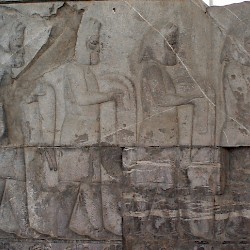
Persepolis, Apadana, East Stairs, Southern part, Medes |
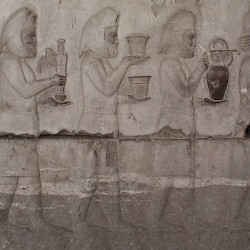
Persepolis, Apadana, East Stairs, Southern part, Medes |
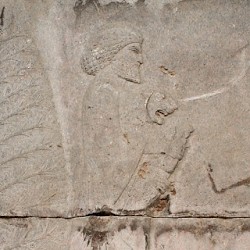
Persepolis, Apadana, East Stairs, Southern part, Elamites |

Persepolis, Apadana, East Stairs, Southern part, Elamites |











 Candle Holder
Candle Holder Coasters
Coasters Jewelry Box
Jewelry Box
